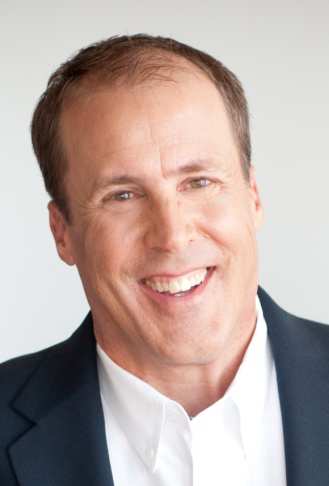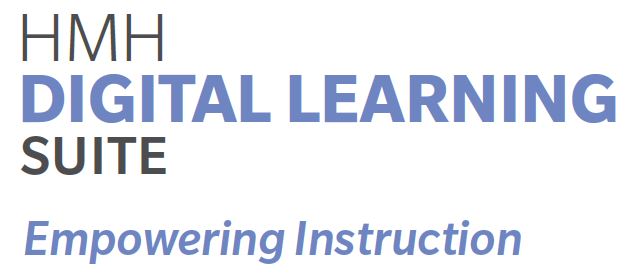Communication in the 21st Century
By Erik Palmer- Educational Consultant, Author, and Speaker
 Communication in the 1st century. No, that’s not a typo, though to be more accurate, I should say 1st century B.C. What was the most important skill to develop for effective communication? Oratory, the art of speaking. In ancient Greece and Rome, oral communication skills were highly valued and those who spoke well ruled. Most of us recognize the name Cicero. He was in our history texts, and, twenty-two hundred years after his death, he is still remembered. Why? He was a great speaker in an era when oral communication was valued.
Communication in the 1st century. No, that’s not a typo, though to be more accurate, I should say 1st century B.C. What was the most important skill to develop for effective communication? Oratory, the art of speaking. In ancient Greece and Rome, oral communication skills were highly valued and those who spoke well ruled. Most of us recognize the name Cicero. He was in our history texts, and, twenty-two hundred years after his death, he is still remembered. Why? He was a great speaker in an era when oral communication was valued.
Fast forward to the 21st century. What is the most important skill to develop for effective communication? Once again, the art of speaking. Skype. FaceTime. Webinars. Podcasts. Video. Video conferences. Google Hangouts. We can easily get caught up in the “Wow! These tools are amazing!” and fail to realize that all these tools (and many others) have at their core oral communication. They are designed to showcase speaking. Verbal communication is on display in the 21st century like never before. Cicero spoke to small audiences around Rome. It is common for speakers today to be digitally addressing potentially huge audiences around the world. Today, people who are well spoken will be more successful professionally and socially than people who aren’t well spoken.
Unfortunately, schools have largely ignored oral communication. After some other unit, we will make students give a speech, but we do not have specific lessons to prepare them to do that speech well. No wonder people fear public speaking—they have never been taught how to do it. You’ve noticed. When you look at students speaking, you have realized that they do not speak well. Listeners are not engaged. Poetry recitations are unimpressive. Book reports do not inspire other students to go get the book. Twenty-four hours later, students cannot tell you anything about the historical figures presented in the 3-5 minute talk required at the end of biography research unit. The speaking we make students do isn’t working for the speakers who aren’t improving or for the audiences who are not getting anything out of the talks. What do we need to do?
A short article cannot solve the problems, but I think I can point you in the right direction.
As a school, commit to valuing speaking. Develop a scope and sequence for speaking skills. Whenever someone says “reading and writing,” stop them and say, “You mean reading, writing, and speaking.”
Just as you have workshops about bully-proofing, equity training, RTI, and more, commit to providing workshops about how to develop verbal skills.
Find materials that show teachers how to teach speaking skills. They are hard to find. I wrote Well Spoken: Teaching Speaking to All Students to fill this void. Houghton Mifflin Harcourt’s Collections has self-guided student tutorials guiding students to effective oral communication. Avoid materials that include speaking as an afterthought—a book about writing or reading strategies with a couple oral activities mentioned is not going to get the job done.
Develop a school-wide consistent language. Odds are that every teacher in your school has a unique score sheet or rubric. One might score “elocution, eye contact, inflection;” another “enunciation, gestures, vocal modulation;” another “loudly, clearly, slowly;” and so on. We make mastery difficult if we shift language and expectations from class to class, grade to grade. I offer a framework in Well Spoken that can be a model for your school.
Use digital tools. Every Mac computer has Photo Booth built in. PCs all have digital cameras built in. Record students and use those as rough drafts giving students the ability to see themselves before presentation day. Use www.vocaroo.com to have students record themselves. Provide feedback. If students have cell phones, have them video their talks and share some for instructional purposes.
Bit by bit, educators are coming around to the belief that we cannot continue to shortchange the number one language art. I started out by saying that speaking well is the most important communication skill for the 21st century, and I guarantee that your students will be forever grateful to you if you give them an effective voice. They may not achieve the fame of Cicero, but they will be prepared for the communication demands of their futures.
Erik Palmer is a veteran teacher, education consultant, and author of Teaching the Core Skills of Listening & Speaking, Well Spoken: Teaching Speaking to All Students, Researching in a Digital World, and Digitally Speaking: How to Improve Student Presentations with Technology. His areas of focus include improving oral communication, promoting technology in classroom presentations, and updating instruction through the use of digital tools. He is also a program consultant of Houghton Mifflin Harcourt Collections. He holds a bachelor’s degree from Oberlin College and a master’s degree in curriculum and instruction from the University of Colorado.
|
Private and Parochial School of the Month
Is your school a leader? Do you have a great success story you’d like to share? Tell us about it and you could see your school featured in a future edition! |
|



 Communication in the 1st century. No, that’s not a typo, though to be more accurate, I should say 1st century B.C. What was the most important skill to develop for effective communication? Oratory, the art of speaking. In ancient Greece and Rome, oral communication skills were highly valued and those who spoke well ruled. Most of us recognize the name Cicero. He was in our history texts, and, twenty-two hundred years after his death, he is still remembered. Why? He was a great speaker in an era when oral communication was valued.
Communication in the 1st century. No, that’s not a typo, though to be more accurate, I should say 1st century B.C. What was the most important skill to develop for effective communication? Oratory, the art of speaking. In ancient Greece and Rome, oral communication skills were highly valued and those who spoke well ruled. Most of us recognize the name Cicero. He was in our history texts, and, twenty-two hundred years after his death, he is still remembered. Why? He was a great speaker in an era when oral communication was valued.